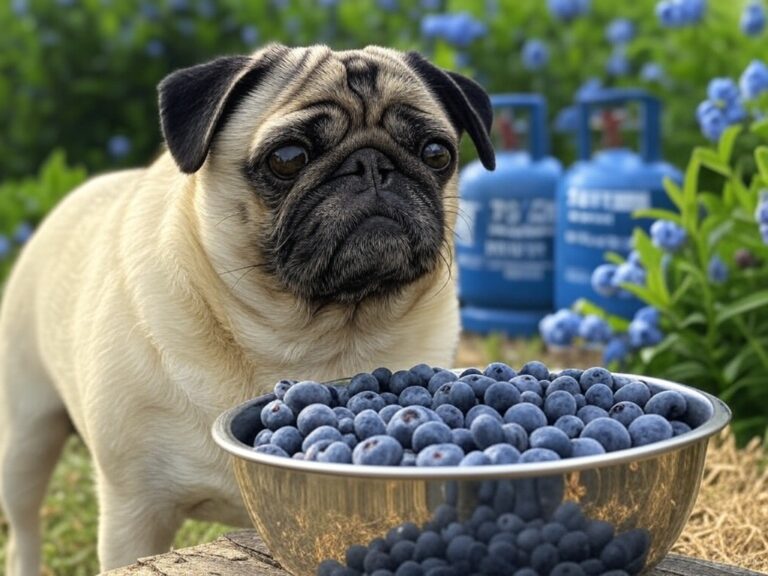How Much Should a Pug Eat a Day: A Feeding Guide for Every Stage

Disclosure: This post contains affiliate links. As an Amazon Associate, I earn from qualifying purchases—at no extra cost to you.
Pugs may be small in size, but their dietary needs are quite specific. Known for their affectionate nature and charming looks, these dogs also tend to gain weight easily. That’s why understanding how much a pug should eat each day is key to ensuring a long, healthy life. Whether you have a rambunctious puppy or a laid-back senior pug, portion control and nutrition make all the difference.
Puppy Pug Feeding Guidelines
Pug puppies are full of energy and require more calories relative to their body weight than adults. From 8 weeks to 6 months, they typically need three meals a day. The amount depends on their age and size, but ranges from ½ to 1 cup of high-quality puppy food daily, divided into three servings. Look for formulas rich in DHA, protein, and calcium to support their rapid development.
Adult Pug Daily Food Amount
Once your pug reaches adulthood (around 12 months), their metabolism slows, and it’s time to transition to adult dog food. Most adult pugs do well on ¾ to 1 cup of food per day, divided into two meals. This can vary depending on activity level and caloric density of the kibble. Choose food with balanced protein, healthy fats, and limited fillers to help maintain a lean body.
Feeding Tips for Overweight Pugs
Pugs are prone to obesity, and extra weight can put pressure on their joints and breathing. If your pug is gaining too much weight, start by reducing their daily food intake by 10–15% and switch to a lower-calorie formula. Avoid free-feeding and stick to a schedule. Healthy treats like baby carrots or green beans can be used for training without adding too many calories.
Senior Pugs and Special Diets
Older pugs (typically 7+ years) may need fewer calories and softer food. ½ to ¾ cup of senior-formula dog food per day is usually enough, but monitor their weight and appetite closely. If they have dental issues or reduced activity, opt for moistened kibble or wet food with joint-supporting ingredients like glucosamine and chondroitin.
What Else Affects Portion Size?
- Activity level: More active pugs may require extra calories.
- Health conditions: Consult your vet for food adjustments if your pug has allergies, diabetes, or digestive issues.
- Treats and extras: These should make up no more than 10% of daily calories.
Conclusion
Feeding your pug the right amount each day is one of the most important steps in promoting a long and healthy life. While it may be tempting to give in to their big eyes and eager appetite, keeping portions measured and balanced ensures they stay fit and happy at every stage of life. Always consult your vet for personalized recommendations.






